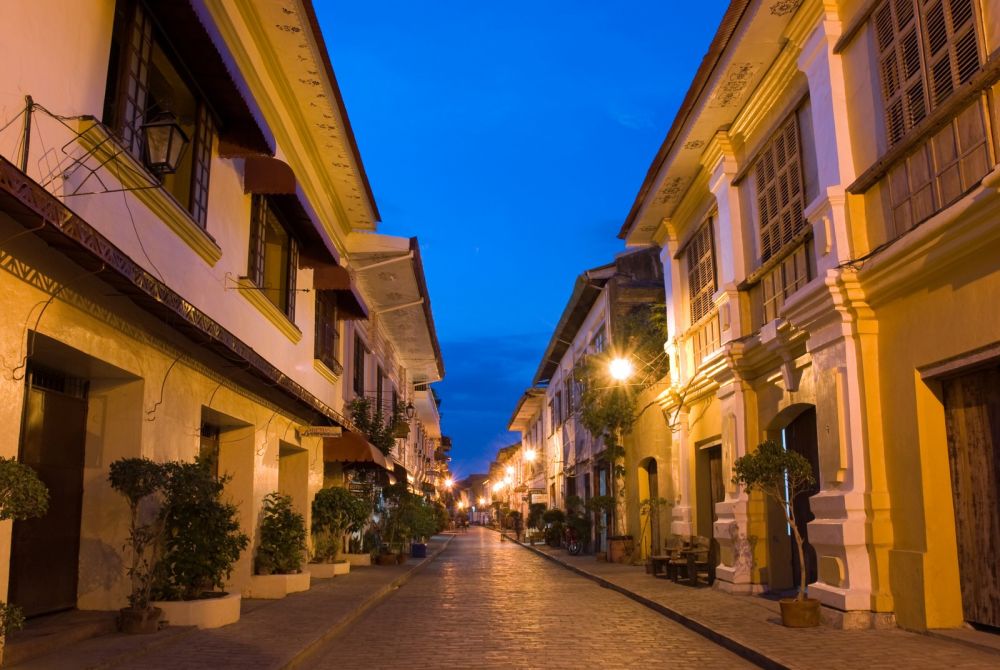

The historic city of Vigan, nestled in the province of Ilocos Sur, Philippines, is renowned for its preserved Spanish colonial and Asian architecture. Among the city’s cobblestone streets and mestizo district, Calle Crisologo stands out as the most distinguished landmark, drawing locals and tourists alike to glimpse into the Philippines’ colonial past.
The history of tourism in Calle Crisologo is deeply intertwined with its colonial heritage. Established during the Spanish era, many of the Spanish-style houses that line the street date back to the 16th century, reflecting the rich history of the Philippines under Spanish influence. Calle Crisologo and the surrounding area have been crucial in the development of tourism in Vigan since they offer an authentic experience of the Spanish colonial period.
In 1999, Vigan was recognized as a UNESCO World Heritage Site for its exceptional preservation of a Spanish colonial town in Asia. This acknowledgment has significantly boosted tourism, placing Calle Crisologo on the map as a must-visit destination for history enthusiasts and travelers seeking cultural immersion.
Efforts in historical preservation have played a key role in the thriving tourism sector of Calle Crisologo. The street and its environs are a testament to the dedication of local authorities and the community in maintaining the authenticity of the city’s colonial legacy. Tourists can enjoy horse-drawn carriage rides, known as "calesas," which enhance the feeling of stepping back in time.
In recent years, sustainable tourism has become increasingly important in Vigan, with tourists seeking more environmentally friendly experiences. Calle Crisologo caters to this trend by limiting vehicle traffic, thus preserving the cobbled streets and ensuring a pedestrian-friendly atmosphere. Moreover, local shops and restaurants promote the use of indigenous materials and showcase traditional crafts and cuisines, offering visitors a sustainable and culturally rich experience.
Vigan also celebrates the Viva Vigan Festival of the Arts, an annual event held in the first week of May, which further promotes Calle Crisologo as a cultural hotspot. The festival includes activities such as traditional dances, parades, and games all set along the historic backdrop of Calle Crisologo, providing tourists with an opportunity to experience Ilocano culture.
Whether by the light of day or the glow of street lamps, Calle Crisologo provides a picturesque setting for leisurely walks. At night, the street transforms into a scene reminiscent of the colonial era, with old-fashioned lamps casting warm light over the vintage facades. The tranquil ambiance attracts couples and travelers looking for a romantic and historical setting.
The future of tourism in Calle Crisologo remains bright. With ongoing preservation efforts and sustainable tourism initiatives, the historic street continues to draw visitors from around the world. Its timeless appeal, combined with a commitment to maintaining its cultural significance, ensures that Calle Crisologo will remain one of the jewels in the crown of Philippine tourism for years to come.
With its rich history, stunning architecture, and vibrant cultural offerings, Calle Crisologo is poised to keep captivating the hearts of travelers and preserving its allure as one of the most beloved historical sites in the Philippines.